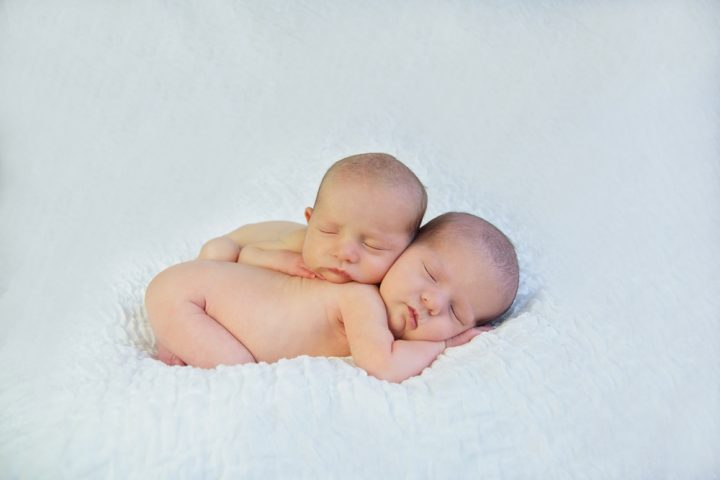5 Takeaways From Israel’s Massive Intelligence Operation on Iran
May 2, 2018The ‘New Paradigm’: Old Errors, Same Tactics
May 2, 2018
By Nancy Flanders, Live Action News, May 1, 2018
We all know that twins bond in the womb, and that bond can stick with them throughout their lives. Now one set of twin newborn boys is showing us just how strong that twin to twin connection is and how social human beings are, even before birth.
Weston and Caleb Lyman were just moments old when their father Dane captured an adorable moment between the two babies after they were separated during birth. Both babies were screaming as newborns do, but were otherwise healthy and their delivery went well. When they were brought back together, they were instantly soothed.
“Immediately after delivery, I followed the boys to see how long they were and how much they weighed,” Dane Lyman told News Center Maine. “That’s when I got the footage. It was one of the sweetest things to watch and I’m so glad I caught it on video.”
Dane Lyman is a medical student and his wife Lisa is a nurse and stay-at-home mom to two little girls, and now their twin boys as well.
“One of our greatest hopes, when we found out we were having twins, was that, as they grew, they would be good friends and support one another. Seeing them comfort each other just moments after birth was almost like the first step in that special relationship,” said Dane Lyman.
The video of the twins has been viewed over three million times and the family hopes it brings a smile to the faces of everyone who watches it.
Researchers at the University of Turin and the University of Parma in Italy studied the twin to twin relationship in utero back in 2011. They tracked the motions of five pairs of preborn twins in daily 20-minute sessions. What they found was that the babies began reaching toward each other by the time they were just 14 weeks old. As they grew, the number of movements they made towards their own bodies declined as they instead turned to reach out to their twin. By the time the twins reached 18 weeks gestation, they were spending more time reaching out to each other and connecting with each other rather than touching their own faces or the walls of the uterus.
What these discoveries tell us is that in the womb, preborn children are aware of their twin and they want to interact with that twin. Their contact is planned and deliberate and the presence of a twin might actually help to accelerate the development of motor skills.
Humans are social beings, and twins show us that it all begins in the womb. The humanity of fetuses is obvious as they interact with each other with a clear intention that carries over to life outside the womb. Just look at Weston and Caleb, searching each other out after birth, seeking the bond they created while still in the womb.




